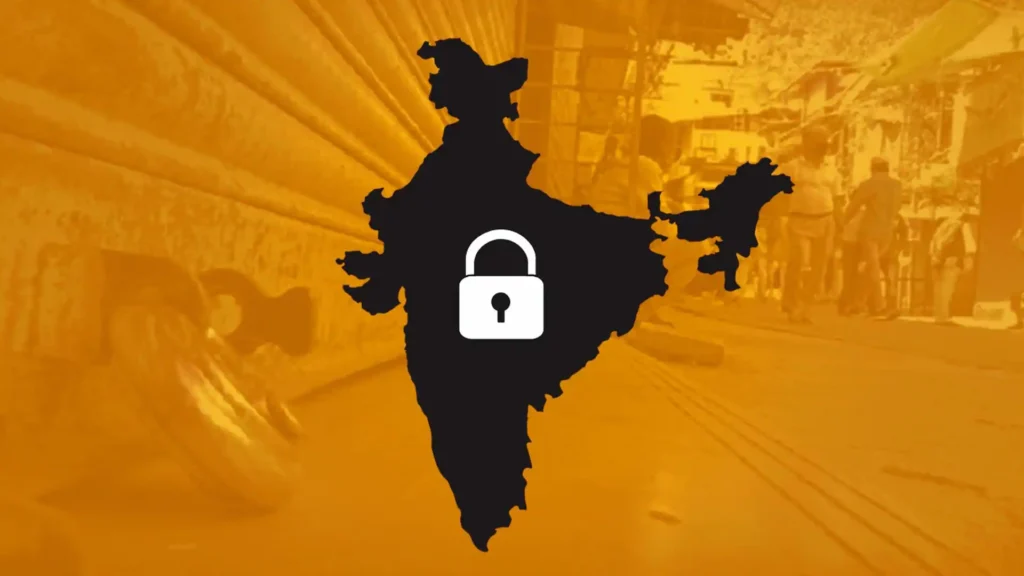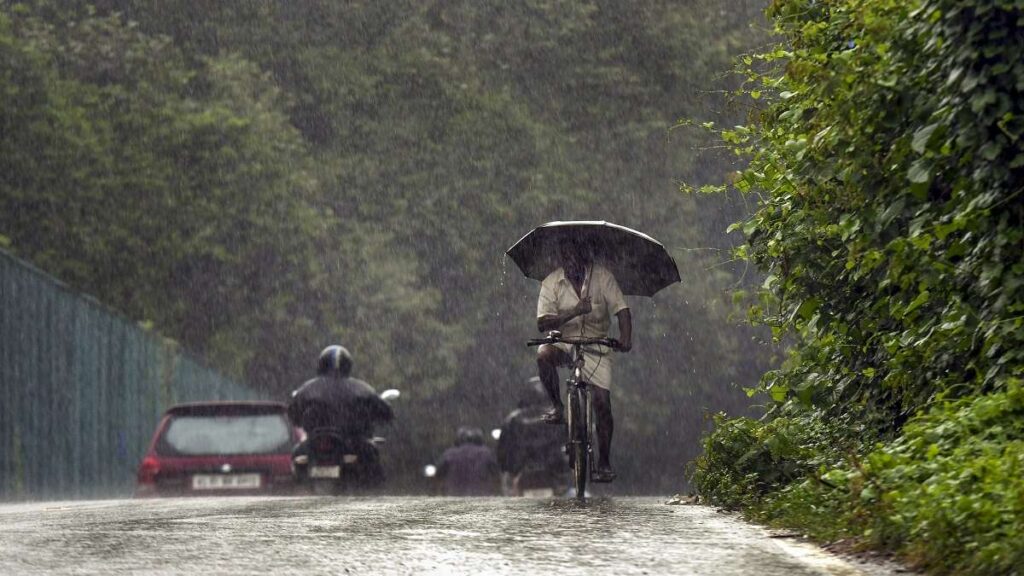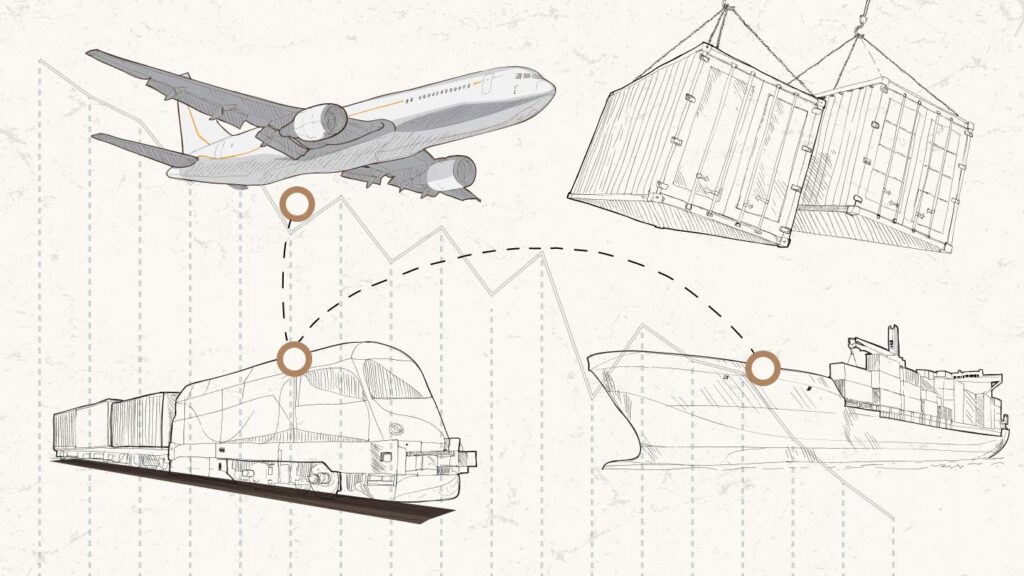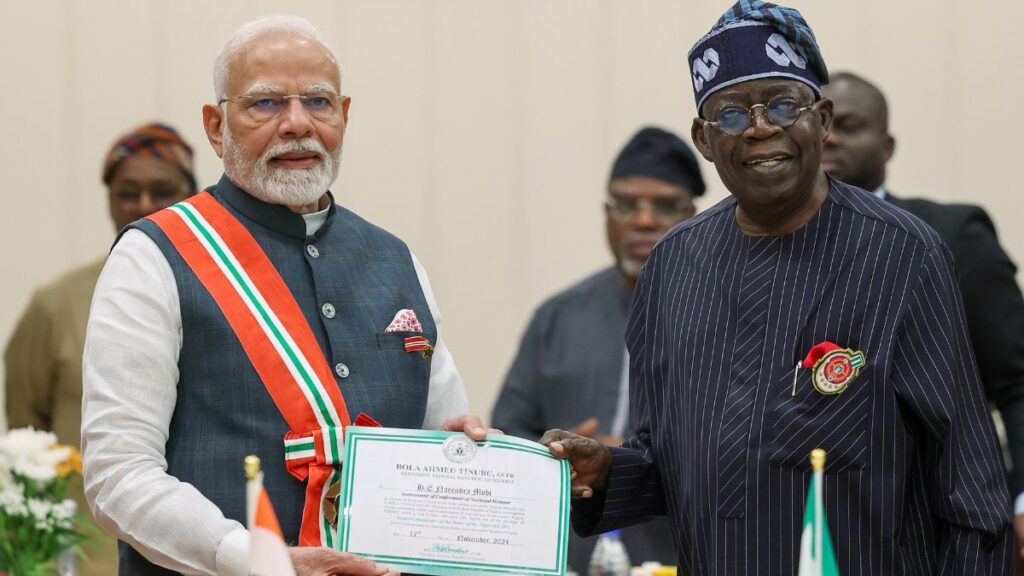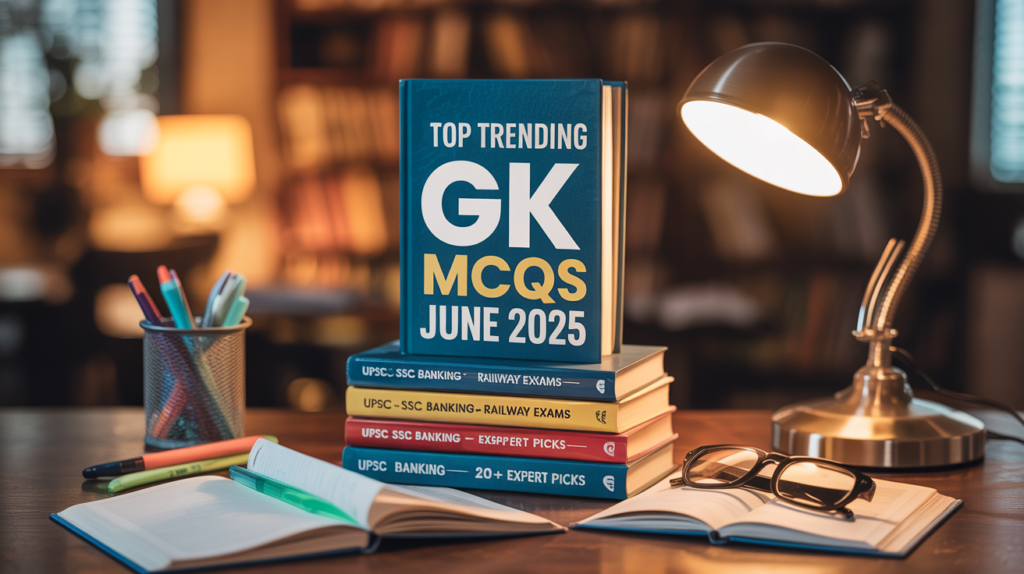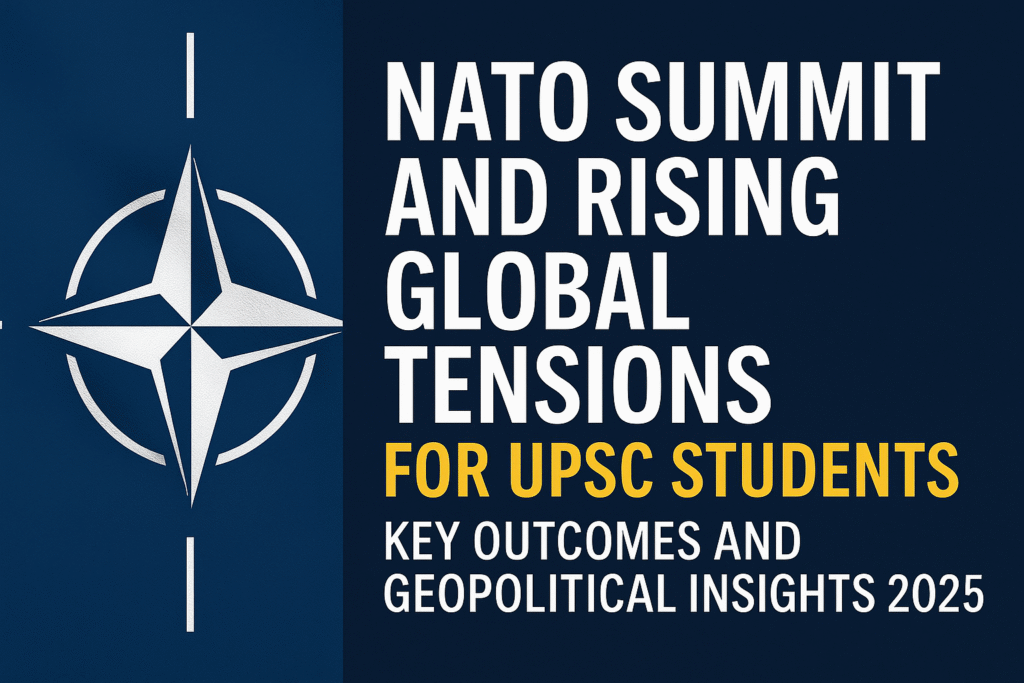🇺🇸 Relief for Rupee After India Excluded from US Tariff Hike
Relief for Rupee After India Excluded from US Tariff Hike The Relief for Rupee After India Excluded from US Tariff Hike speaks volumes about how global trade decisions can instantaneously impact a currency. On July 8, 2025, US President Trump announced planned import tariffs affecting 14 nations—but strategically excluded India, sending the Indian rupee soaring. This move offered a major relief for rupee after India excluded from US tariff hike, calming markets and raising optimism about a potential India–US interim trade deal. This detailed blog explores the relief for rupee after India excluded from US tariff hike, its ripple effects on markets, bond flows, and forex trading, along with 50+ exam-focused MCQs. Ideal for aspirants preparing for UPSC, SSC, Bank, Railways, and State PSCs. 📈 What Triggered the Relief? US Tariffs Announced: Trump proposed higher import tariffs on July 8, pushing back their implementation from July 9 to August 1 India Excluded: Crucially, India was left out of the tariff list—prompting relief for rupee after India excluded from US tariff hike . Trade Deal Talk: Trump’s comments on nearing a trade agreement further supported sentiment relief for rupee after India excluded from US tariff hike Asian Market Calm: While peers like the yen and won remained stable, the rupee gained ground Forex Flows: Net inflows ~US$81 million in equities and ~$19.6 million in bonds on July 4 relief for rupee after India excluded from US tariff hike 📊 Market & Economic Impact 📉 Currency Movement Onshore forward showing INR 85.70–85.75 vs. previous ~85.85—clear relief for rupee after India excluded from US tariff hike Spot rupee gained ~0.16% to 85.71 on July 8 🏦 Equity & Bond Markets FIIs invested US$81m in equities, ~$19.6m in bonds—the highest since trade discussions heated up ⚖️ Crude & Dollar Index Brent crude fell 0.6% to ~$69.2/bbl, helping stabilize the rupee US dollar index declined, aiding the INR ⚠️ Lingering Concerns Uncertainty remains—deal talks could stall again, triggering volatility. The previous rupee crash of 0.5% was due to 10% tariff fears 🧠 50+ MCQs on “Relief for Rupee After India Excluded from US Tariff Hike” 1. What major policy decision did the US announce on July 8, 2025? A) A military agreement with IndiaB) Higher import tariffs on select countriesC) Complete free trade with AsiaD) Withdrawal from WTO✅ Answer: BExplanation: The US announced higher tariffs targeting 14 countries, excluding India. 2. What was the key outcome for India in the tariff decision? A) India faced sanctionsB) India was included in the tariff listC) India was excluded from the tariff hikeD) India imposed counter-tariffs✅ Answer: CExplanation: India was strategically left out, which brought relief to the Indian rupee and economy. 3. Which Indian currency indicator improved due to the exclusion? A) Repo RateB) InflationC) Rupee’s exchange rateD) Fiscal deficit✅ Answer: CExplanation: The rupee gained strength as exclusion from tariffs meant reduced pressure on trade. 4. Why did the Indian stock market rally after the announcement? A) FDI was bannedB) FII inflows increasedC) Rupee weakenedD) US imposed tariffs on India✅ Answer: BExplanation: Foreign Institutional Investors (FIIs) invested heavily due to lower trade risk. 5. Which sector in India benefited immediately after the US tariff announcement? A) IT ServicesB) TextilesC) MiningD) Real Estate✅ Answer: BExplanation: Textile stocks surged as India’s exports faced no extra US duty, unlike Bangladesh. 6. Which of the following commodities declined after the news? A) GoldB) Brent CrudeC) WheatD) Cotton✅ Answer: BExplanation: Brent crude prices fell 0.6%, reducing India’s import bill and strengthening the rupee. 7. What is the main driver behind currency value fluctuations in such global announcements? A) Local monsoonB) RBI repo rateC) Global investor sentimentD) Gold price in India✅ Answer: CExplanation: Global confidence in a country’s economy affects currency demand and stability. 8. Which financial indicator dropped after India’s exclusion from the US tariff hike? A) Dollar indexB) SENSEXC) Repo rateD) Inflation✅ Answer: AExplanation: The dollar index fell, which further boosted emerging market currencies like the rupee. 9. India’s foreign exchange reserves are managed by A) SEBIB) Ministry of CommerceC) RBID) IMF✅ Answer: CExplanation: The Reserve Bank of India manages forex reserves and intervenes in currency markets. 10. Which country faced a 35% US tariff that helped Indian textile stocks? A) VietnamB) BangladeshC) ChinaD) Sri Lanka✅ Answer: BExplanation: US tariffs on Bangladesh’s textiles created an opportunity for Indian exports. 11. What is the currency code of the Indian rupee? A) INRB) RUPC) INDD) IRU✅ Answer: AExplanation: INR is the international currency code used for Indian rupee. 12. What is a ‘forward contract’ in forex? A) A loan to exportersB) A legal agreement to exchange currency at a future dateC) An equity bondD) A type of mutual fund✅ Answer: BExplanation: A forward contract locks in exchange rates for a future date, used to hedge risk. 13. On July 8, the one-month USD/INR forward opened at A) 84.50B) 86.10C) 85.70–85.75D) 85.10–85.15✅ Answer: CExplanation: This indicated market stability and reduced fear after India’s exclusion. 14. Which authority regulates forex in India? A) SEBIB) RBIC) NITI AayogD) Ministry of Finance✅ Answer: BExplanation: RBI regulates forex reserves, inflows, outflows, and exchange rate mechanisms. 15. What is NDF in forex markets? A) Non-Deliverable ForwardB) Net Domestic FundC) National Digital ForexD) None of the above✅ Answer: AExplanation: NDF is a derivative instrument to trade currency outside local jurisdictions. 16. Which of the following is NOT impacted directly by rupee strength? A) Import costsB) Export competitivenessC) RBI dividendD) Foreign travel expenses✅ Answer: CExplanation: RBI dividend is based on profits, not directly linked to rupee movement. 17. Which key global indicator affects emerging market currencies? A) Crude oil priceB) US dollar indexC) US bond yieldsD) All of the above✅ Answer: DExplanation: All three impact forex inflows/outflows and affect currency valuation. 18. Rupee strength helps reduce A) Export earningsB) Import costsC) Tourism revenueD) Inflation globally✅ Answer: BExplanation: A stronger rupee makes dollar-denominated imports cheaper for India. 19. What does a high trade deficit mean? A) Exports > ImportsB) Imports > ExportsC) Balanced tradeD) None of the above✅ Answer: BExplanation: India

